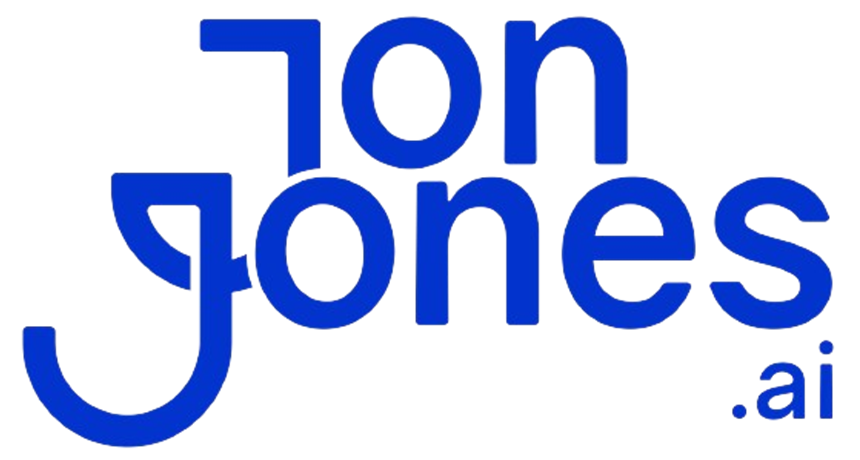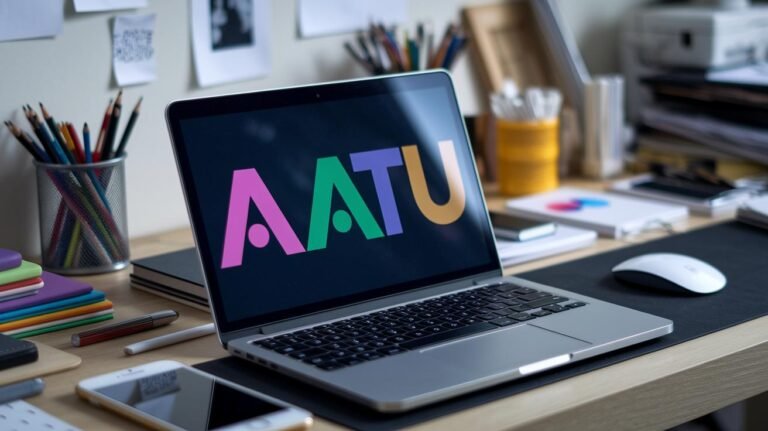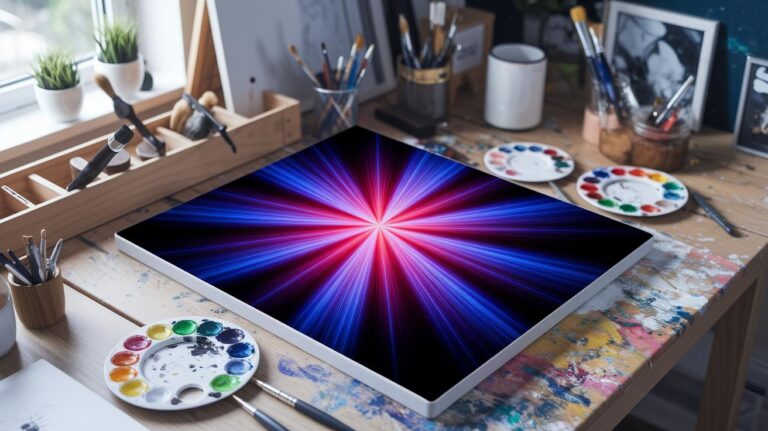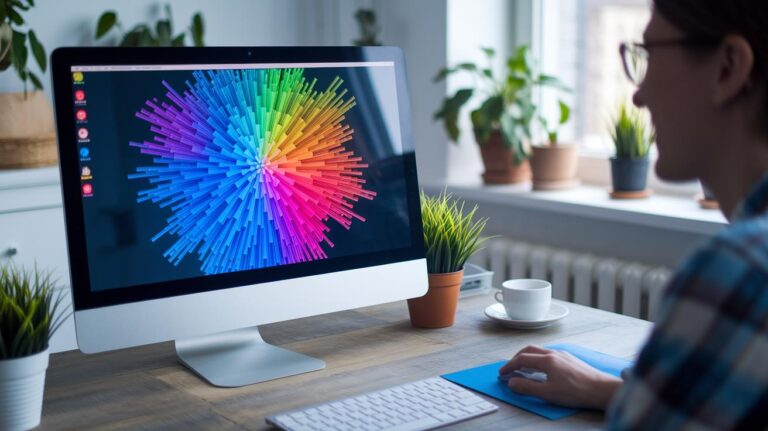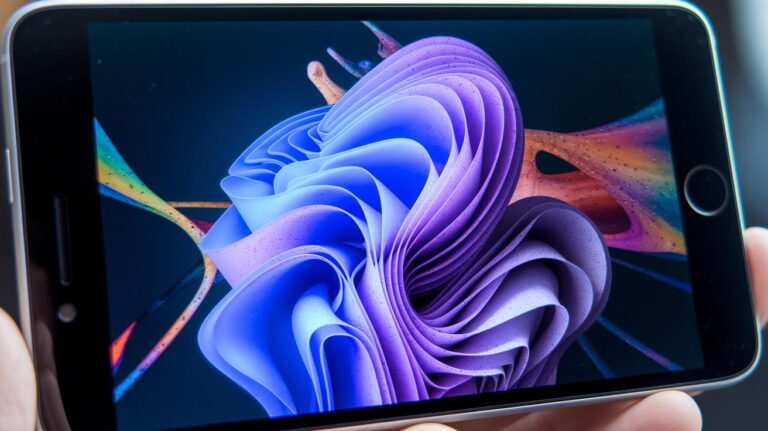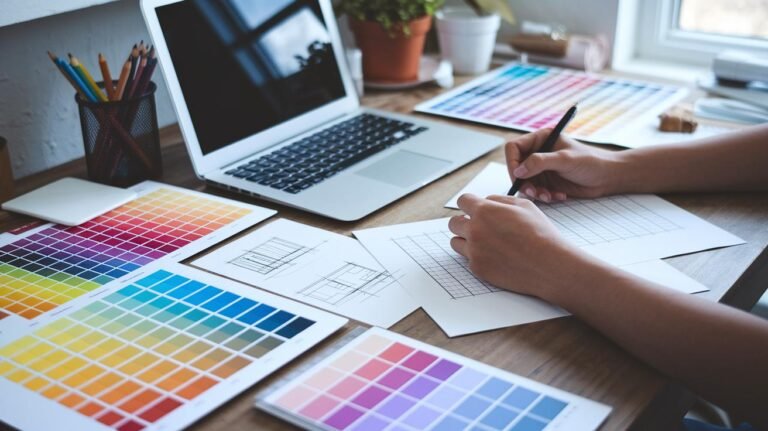Ever think only human artists can make jaw-dropping visuals? Believe it or not, AI image generators (tools that turn words into pictures) now work as fast and look as sleek as any pro studio.
With so many tools out there, finding the one that fits your style can feel like hunting for a needle in a haystack. We’ve narrowed it down to five top picks that deliver bold color, crisp detail, and lightning-quick results.
So dive in and find the AI partner that’ll make your creations impossible to ignore. Ready to stop those thumbs in their tracks? Let’s go.
Top 8 AI Image Generators Ranked
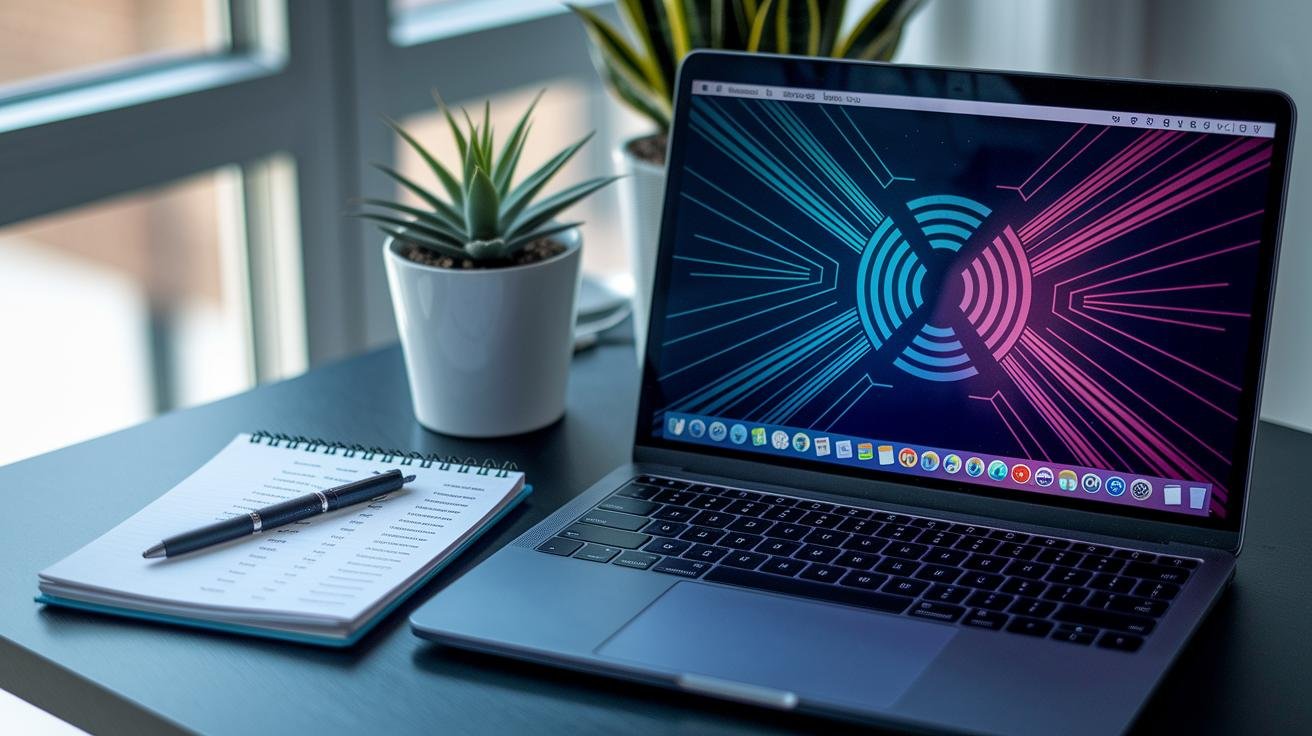
Picking an AI image generator (a tool that turns your words into pictures) can feel overwhelming. So we narrowed the top eight for you to scan in seconds.
- Midjourney: best for lush visuals, $60/mo (Pro)
- Google Imagen: top at matching your prompt, free
- ChatGPT (GPT-4o): great quality for the price, free plan or $20/mo
| Tool | Price | Image Quality | Prompt Match | Ease of Use | Bonus Features |
|---|---|---|---|---|---|
| Midjourney | $60/mo (Pro) | 4.5 | 3.5 | 3.5 | 3.5 |
| Google Imagen | Free | 4.0 | 4.5 | 4.0 | 2.5 |
| ChatGPT (GPT-4o) | Free plan / $20/mo | 4.0 | 4.5 | 4.0 | 3.5 |
| Stable Diffusion | Free (open-source) | 3.0 | 3.5 | 3.5 | 4.0 |
| Adobe Firefly | $4.99/mo | 3.5 | 3.0 | 3.0 | 4.0 |
| DALL·E | $0.02/image | 3.0 | 3.0 | 3.5 | 4.0 |
| Shutterstock AI | Pay per download | 3.0 | 3.0 | 4.5 | 4.0 |
| Emu AI | Free with Facebook/Instagram | 3.5 | 3.0 | 4.0 | 2.5 |
Core Features to Evaluate in Best AI Image Generators
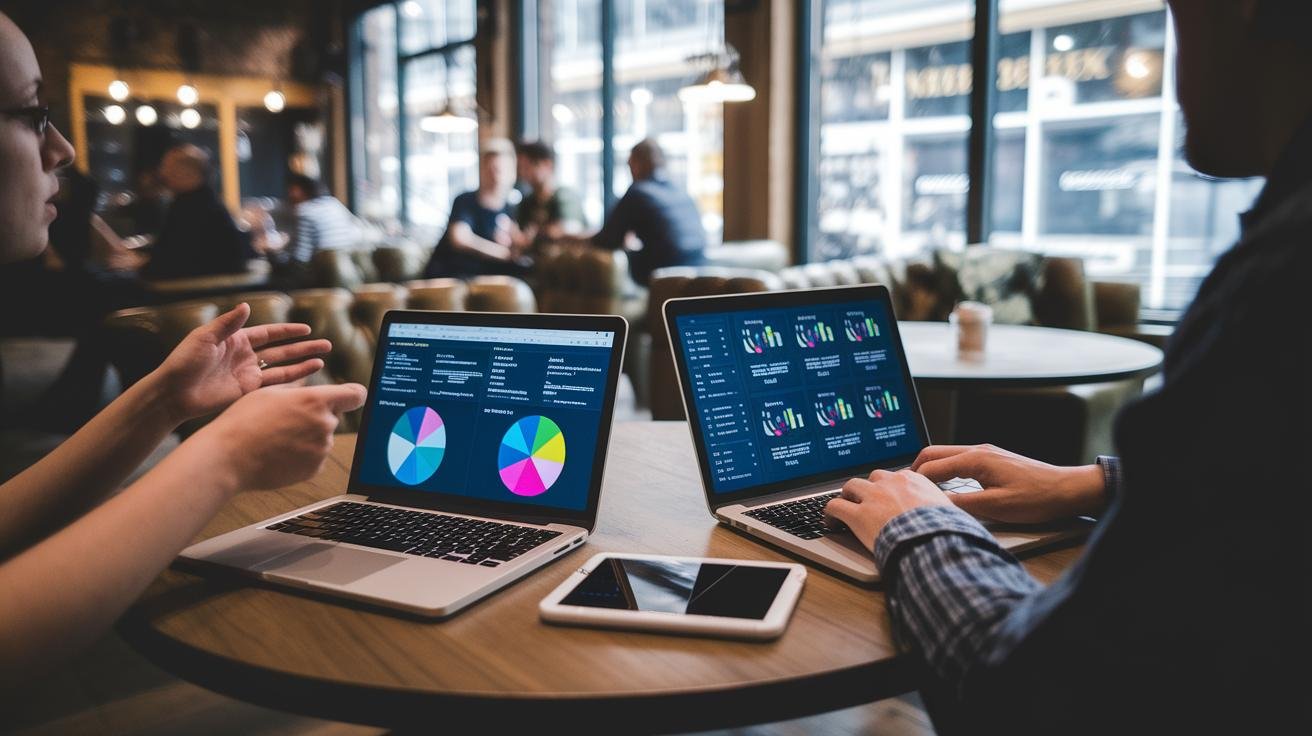
When you need quick image ideas, speed matters. Midjourney uses GPU (graphics processing unit) acceleration to give you four images in seconds. You can also upscale (make your image bigger and sharper), remix ideas on the fly, or pan to shift the scene.
Want full control? Stable Diffusion runs on your own machine, online or offline, so you pick the hardware. You can feed it an image prompt and tweak settings on your GPU for faster tests. Nice.
Style variety keeps your visuals fresh. Google Imagen gets color spot-on and delivers clean, high-fidelity renders, though it doesn’t offer built-in editing tools. Stable Diffusion, on the other hand, thrives on community-made models and lets you customize every parameter when you install it locally.
Editing tools and advanced controls are what separate hobby apps from pro workflows. Both DALL·E and Adobe Firefly let you upscale and inpaint (fill in missing parts of an image). Firefly goes further with Generative Fill and Generative Expand to tweak context around your subject. Shutterstock AI packs in cropping, filters, background removal, variations, and expansion, all in one place.
Pro tip: start with a large canvas, then refine details in steps. This upscaling best practice keeps every pixel sharp and your final images ready for any project.
Pricing Models and Free Trial Options Among Top AI Image Generators
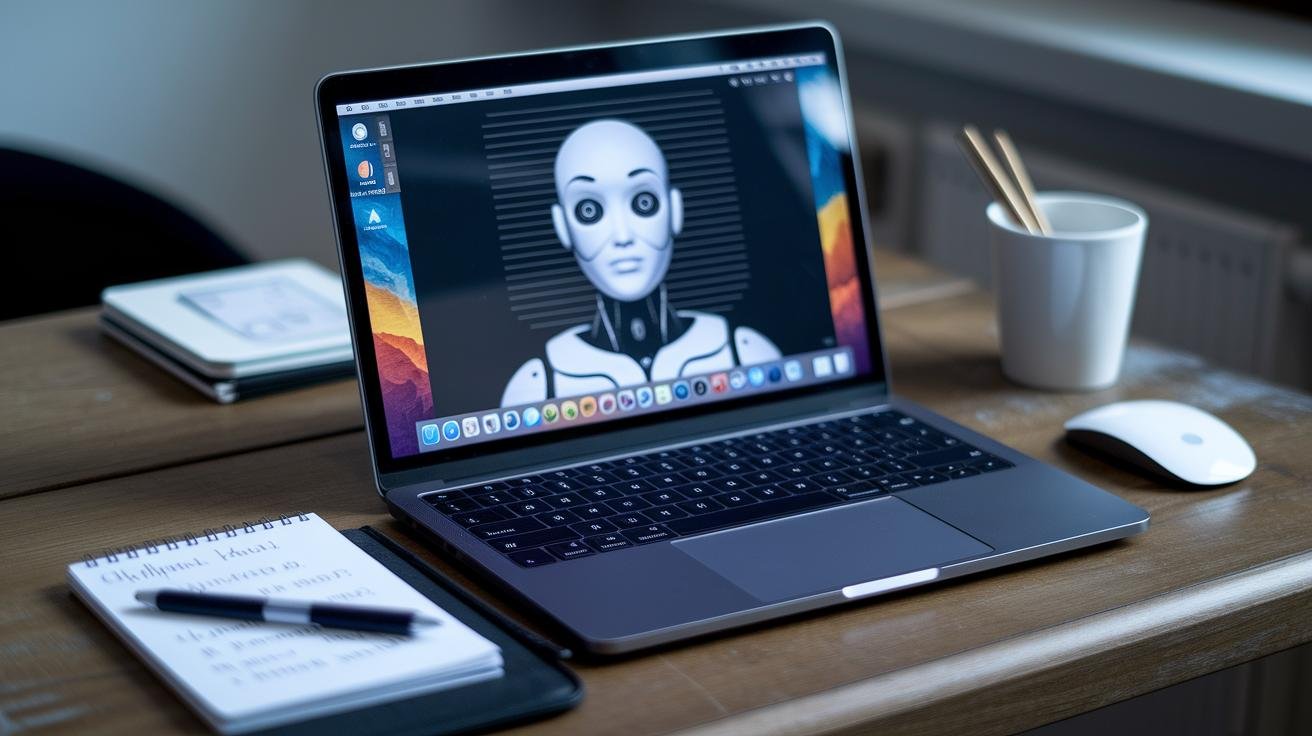
Choosing an AI art tool often comes down to how many pics you can make without spending a dime. Free trials and credit limits let you test the features and get a feel for the interface before you dive in. For a closer look at free AI image generators and what they offer, check out our round-up.
- Craiyon: unlimited free credits (points you spend to create an image) for text-to-image (making pictures from text).
- DeepAI: no login needed and the base model is free.
- Freepik: get up to 40 free AI images per day.
- Playground AI: 1,000 free credits per day. Plenty to play around with.
When you’re ready to upgrade, here’s how the paid plans stack up:
- Canva: free account gives you basic daily credits. Pro is $14.99/mo for 500 text-to-image creations each month.
- Midjourney: starts at $10/mo for about 200 images. Pro is $60/mo, and Mega at $120/mo adds private output channels.
- Adobe Firefly: 25 free credits every month. For $4.99/mo you get 100 more watermark-free images.
- ChatGPT Plus: $20/mo gives you DALL·E access (the image-creating tool), but it makes one image per prompt.
By comparing these tiers and trials, you can pick a tool that fits your workload and wallet. Then watch your ideas come to life. Nice.
Platform Compatibility and Integration Methods for AI Image Generators
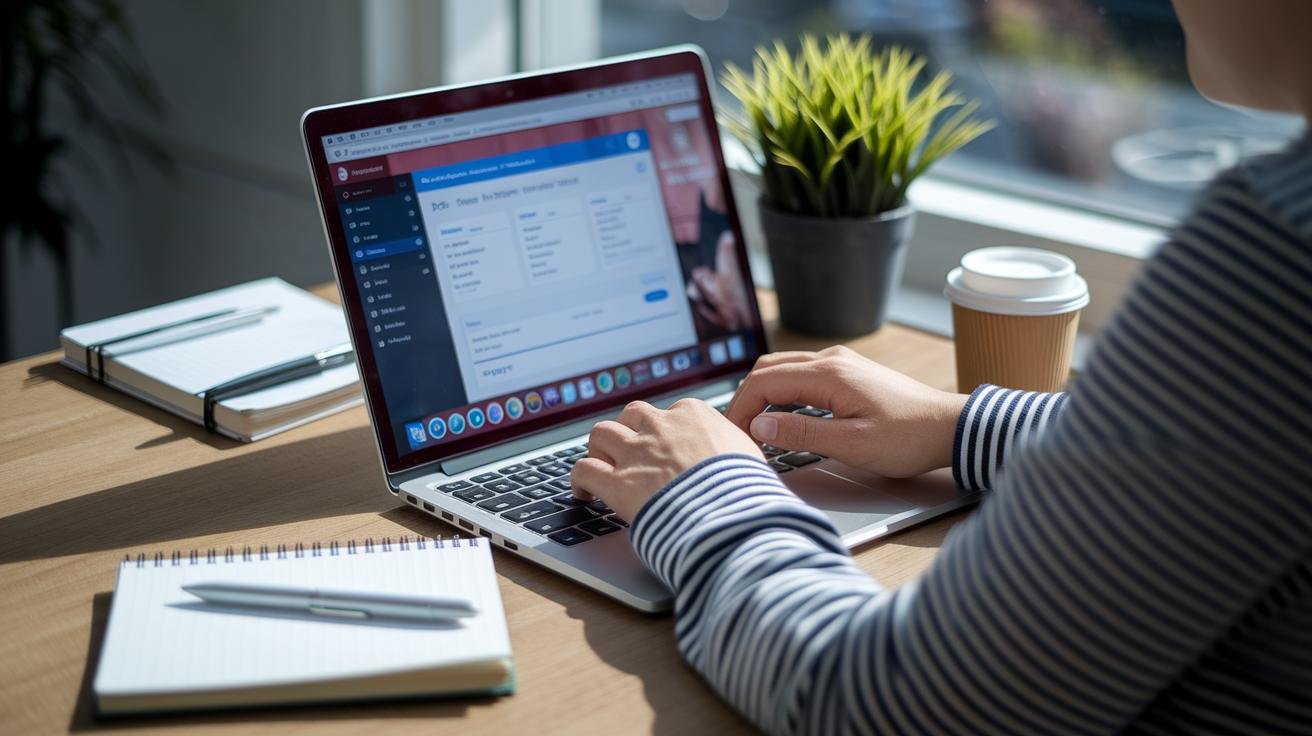
We know AI image generators fit into your workflow in all sorts of ways. Some run in a browser tab. Others plug right into apps you already use. Here’s a quick tour:
- Midjourney runs inside Discord. You type commands in chat, and your images pop up in seconds.
- Google Imagen lives in Google Labs on the web, no downloads needed.
- Shutterstock AI, Playground AI, and DeepAI are all web-based. Just open your browser and start creating.
- Meta Emu is built into the Facebook and Instagram apps. You can make AI art as you scroll.
- Microsoft Designer is baked into Bing and Office. Drop AI-generated art into your docs or chats with one click.
If you need more power or want to customize things, try these options:
- Stable Diffusion lets you install locally or use third-party UIs like NightCafe and Tensor.Art. You can even grab the Python SDK (software development kit) to build custom pipelines.
- Adobe Firefly plugs into Photoshop. It’s like adding a paintbrush powered by AI right inside the layout you know.
- DALL·E offers a REST API (a way for programs to talk over the internet), so developers can automate image generation from any cloud service or custom app.
Whether you’re on mobile, in the cloud, or deep in code, there’s an AI art tool that slots right into your day.
Use Cases: Best AI Image Generators for Different Creative Needs
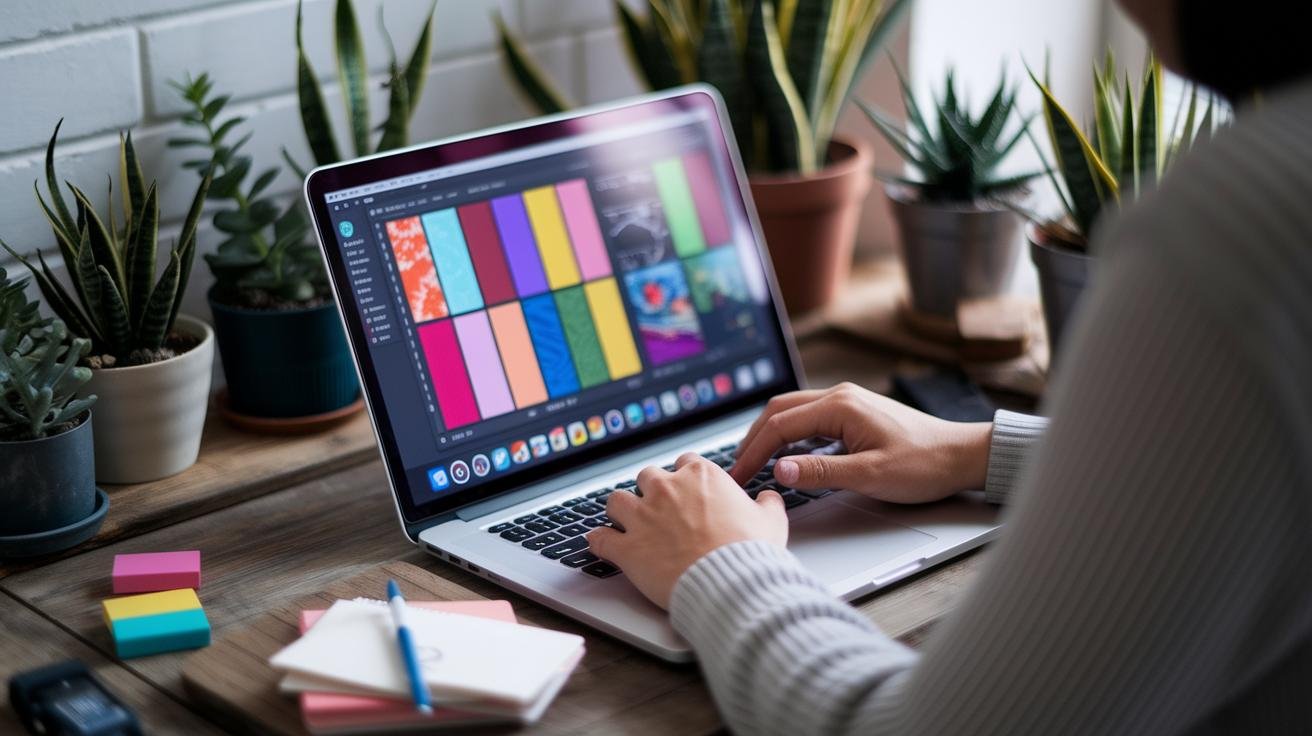
Whether you’re drafting a website header or plotting your next marketing campaign, the right AI image tool (tool powered by artificial intelligence) can save you hours. Each generator below shines in its own creative corner.
Blog Hero Images
We turn to Google Imagen or Midjourney when you need big, eye-catching visuals for your website header, slide decks, or marketing flyers. These tools deliver photo-realism (images that look like real photos) with crisp lighting. Google Imagen nails color accuracy, and Midjourney adds lush textures for a cinematic feel. Nice.
Social Media Graphics
For social posts and branded assets, we lean on Canva and Playground AI. Canva’s drag-and-drop templates let you swap logos, tweak color palettes, and edit text in seconds. Playground AI goes further with style variants and batch export so you can queue up posts without leaving the app. Got it.
Product Mockups
When you need product mockups or e-commerce shots, Shutterstock AI and Adobe Firefly have your back with built-in editing tools. They auto remove backgrounds, crop images, and in-paint (fill missing or changed parts) so you can drop your product into any lifestyle scene. Firefly’s Generative Fill and lighting presets fine-tune shadows and reflections, making your photos pop. Results matter.
Concept Art & Storyboards
Stable Diffusion (an AI model for art) via NightCafe and DALL·E shine at concept art and storyboard illustration for game design or film pitches. You can tweak seed values (random starting points for image generation) or upload a rough sketch to focus on mood and composition. Negative prompts strip out distractions so each panel tells a clear, coherent story. Cool, right?
Ethical and Legal Considerations When Using AI-Generated Images

AI (artificial intelligence, computer systems that create content) art tools raise big questions about who owns the images they produce. Since copyright law (rules around creative ownership) hasn’t caught up with this tech, we need to add our own edits or creative direction before we claim full rights. Otherwise, we’re on shaky ground.
Some platforms, like Getty Images AI, go a step further. They offer up to $10,000 in legal protection per image and let us block unwanted subjects with negative prompts. Nice safety net, right? Without it, our image could end up looking too much like someone else’s work.
Bias is another head-scratcher. Many generators pull from unlicensed or skewed data, so stereotypes can sneak into our visuals or certain groups get misrepresented. Adobe Firefly, for example, trains only on licensed or public-domain art to cut down on that risk.
But we’ve still got to review the fine print. Read the privacy policy summary, image ownership clauses, reuse rights, and any Creative Commons rules before hitting “generate.” That way, we know exactly what data they collect and what we actually own.
Tips for Crafting Effective Prompts with AI Image Generators
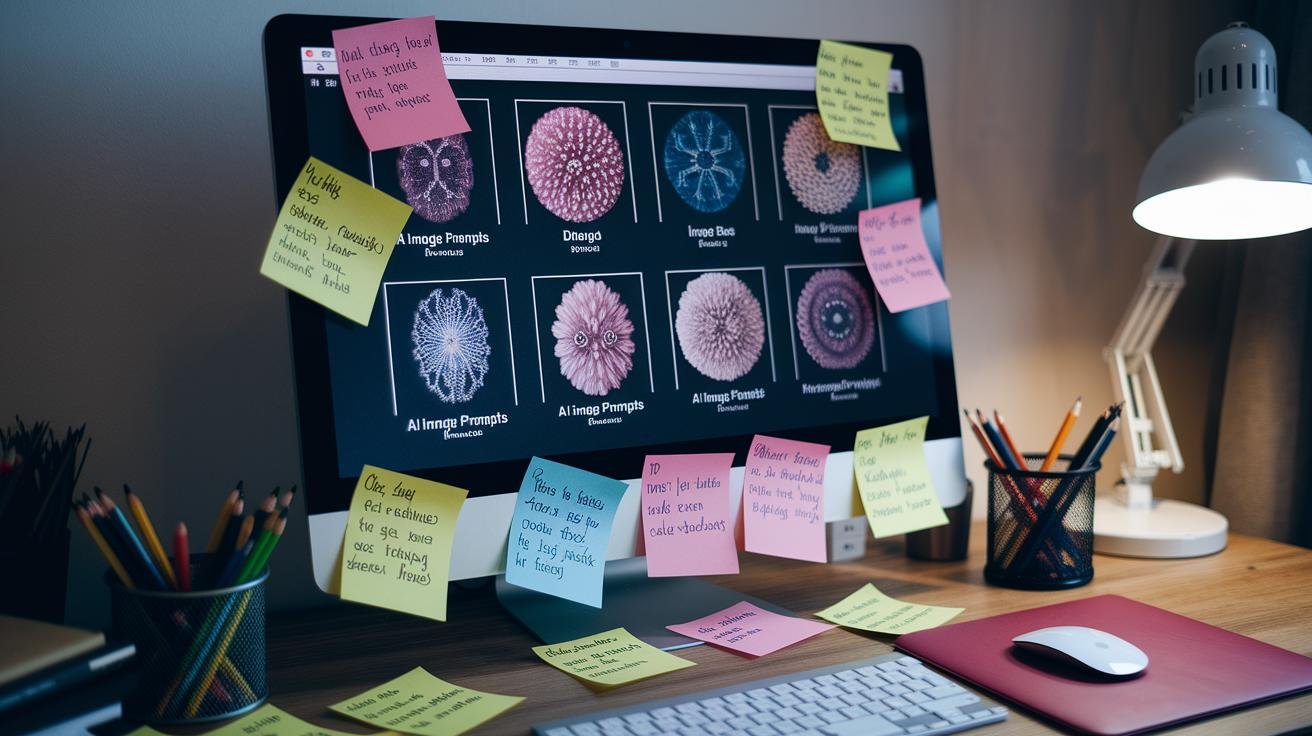
When you write a prompt for an AI image generator (software that turns words into pictures), picture yourself as a photographer getting ready to shoot. We set the scene with our choice of light and mood.
Use clear, vivid words – you know, the kind that paint a picture. Say something like “cinematic lighting,” “soft shadows,” or “ultra-realistic human portrait.” That way, the AI knows exactly the vibe you’re after.
You can also use a negative prompt (notes on what you don’t want). For example, add “–no artifacts” or “–no text bubbles” to keep your image clean.
For steady results, tack on a seed value (a number that fixes the random starting point). Then we can rerun the prompt and keep the look we love.
And don’t forget style modifiers like “fantasy scene” or “anime style.” They nudge the model into the art style you crave.
If your tool lets you upload a reference image, like a rough sketch, product shot, or mood board, use it. It gives the AI a visual roadmap so your output matches your layout.
Prompt writing is like cooking a recipe. Start with a broad base, taste the first results, then tweak each ingredient.
Tweak color, lighting angle, and fine detail until it matches your vision. Then watch your ideas come to life.
Final Words
Jumping in, you saw how Midjourney, Google Imagen and ChatGPT lead in image quality, prompt accuracy and value per dollar. Then we compared pricing plans, platform fit and must-have features for every workflow.
Next, we explored real projects, from social graphics to mockups, while flagging licensing and bias concerns. Plus, we shared prompt tips for razor-sharp results.
You’re now set to pick among the best AI image generators and create eye-catching visuals that fuel your growth.
FAQ
Which AI image generator is the best?
The best AI image generator is often Midjourney for its rich visuals, Google Imagen for prompt accuracy and ChatGPT’s DALL-E for quality at low cost.
Is there an AI image generator that’s free?
Yes. Google Imagen offers free trials, Craiyon is unlimited, DeepAI requires no login, and Freepik gives you 40 free images per day.
What is the most realistic AI person image generator?
Midjourney leads in realism thanks to advanced styles, closely followed by DALL-E for lifelike facial details and color accuracy.
Which AI image generator has no adult restrictions?
Stable Diffusion run locally has no adult-content filters—you control the models and any restrictions yourself.
Can AI image generators create new images from an existing photo?
Yes. Stable Diffusion has an image-to-image feature, DALL-E offers an editing API, and Adobe Firefly uses generative fill controls.
Which branded AI image generators are available?
Popular branded options include Bing Image Creator (DALL-E), Canva AI Image Generator, Google Imagen and Adobe Firefly.
What AI image generators are popular on Reddit?
On Reddit, you’ll often see Midjourney, Stable Diffusion for offline work, DALL-E and Adobe Firefly, along with community prompt tips.
